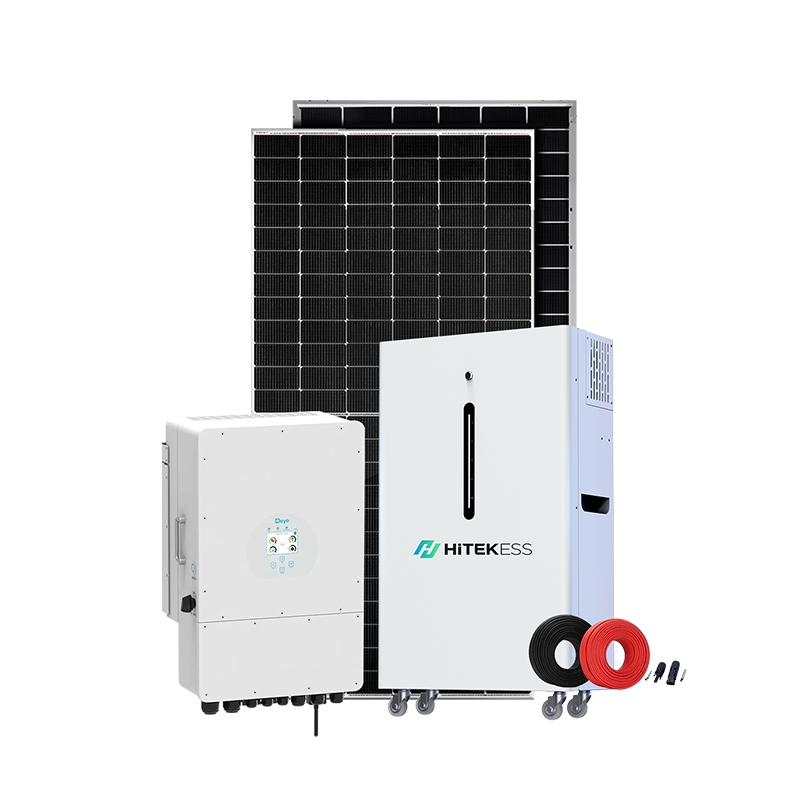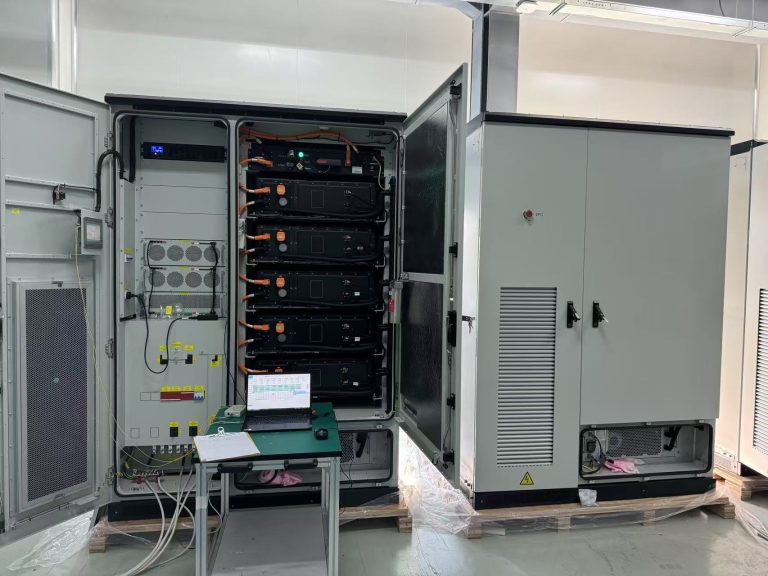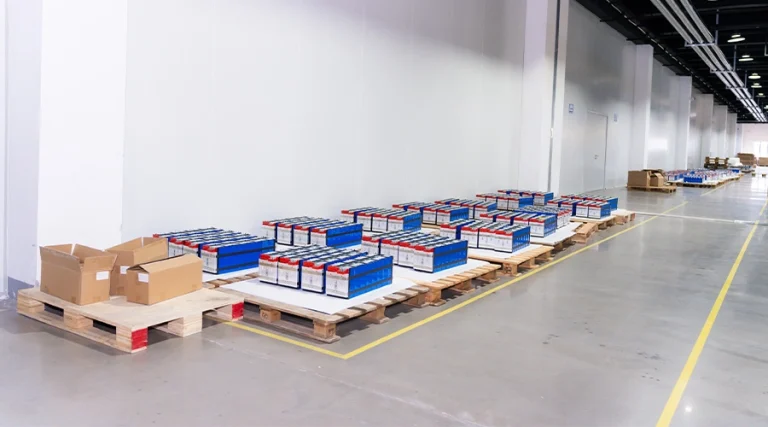Switching to rooftop solar panels paired with energy storage gives homeowners a smart approach to lowering energy bills, gaining independence, and backing a cleaner planet. Yet the setup process hides unseen challenges. Small errors can cause weak operation, extra spending, or total system failure. This blog explores the five most frequent slip-ups in rooftop solar and storage projects. We focus closely on shading troubles, wiring errors, and load-calibration issues. Spotting these risks helps you avoid them. That way, your setup runs strong for years.
We use real-world experience and proven practices to break down each mistake. Whether you’re a homeowner planning a new system or a pro installer, this guide cuts through the solar-storage complexity.
Why Correct Setup Matters So Much
A properly installed rooftop solar and storage setup provides steady, reliable power. It saves extra energy for nighttime or cloudy spells. Some systems even operate off-grid. However, installation mistakes lead to low output, safety hazards, or expensive repairs. Experts note that flawed installs might slash efficiency by 30%. This turns a promising investment into a money pit. Shading from trees or buildings, messy wiring that bleeds energy, and poor load calibration that mismatches supply and demand—these rank among the worst offenders.
Professional inspections are vital. Following manufacturer rules is equally key. Together, they shield your investment returns. Now, let’s walk through the top errors one by one.
Mistake 1: Ignoring Shading Problems
Shading secretly cripples rooftop solar output. But smart planning—using shade studies, advanced tech like microinverters, and careful upkeep—can protect performance. Beat the shadows, and your solar-storage system will deliver full returns.
How Shading Damages Performance
Shading often gets overlooked but hits rooftop solar hard. Even minor shade on one panel can crash a whole string’s output. Solar arrays connect tightly together. Picture a tree branch shadowing panels at noon. This alone might cut energy yield by 10–50%. Shade coverage decides the harm. In storage-linked setups, this waste leaves less power to charge batteries. You then depend on grid electricity. Self-use benefits shrink.
Shading threats aren’t always obvious. Seasons change things. Growing leaves or shifting sun angles create new shadows. Also, human-made blocks like chimneys, vents, or nearby roofs cause stubborn shade.
Fixing Shading Errors
Beat shading with a complete site survey before installing. Map potential shadows year-round using solar pathfinders or shade analysis tools. Choose microinverters or power optimizers. These let panels work independently, containing shade damage. Trim trees or relocate obstacles where possible. If shade stays unavoidable, try alternative mounting spots.
After installation, monitor consistently. Many modern systems include alert apps. They catch performance drops fast. Address shading early, and your rooftop solar-storage pair will give top results.
Mistake 2: Flawed Wiring Practices
Faulty wiring undermines solar-storage systems, causing inefficiency, safety hazards, and premature failure. Poor connections lead to voltage drops, overheating, or even fires, while mismatched components strain batteries. Always use certified installers, proper materials, and secure, weatherproof connections. Proactive wiring checks ensure safety, performance, and longevity—don’t let shortcuts cost you.
Dangers of Bad Wiring
Wiring flaws top the list for creating inefficiency and safety risks in solar-storage jobs. Weak connections spark voltage dips, overheating, or fires. In storage setups, incorrect wires linking panels, inverters, and batteries cause imbalances. This shortens battery life and hurts reliability. For example, undersized wires lose 5–10% energy through resistance. Loose joints might kill power flow entirely.
Common wiring traps include reversed polarities, weak grounding, or skipping weatherproof materials on exposed roofs. These flaws wreck performance. They also void warranties and complicate insurance claims.
Wiring Done Right
Always hire certified solar-savvy electricians. They know codes like the NEC (National Electrical Code). Pick tough, UV-resistant outdoor cables. Secure every connection firmly. Shield them from moisture. For storage, confirm part compatibility. Batteries need precise wiring to inverters for safe charging cycles.
Add surge protectors. Inspect routinely to catch problems early. Manage wires well—bundle and secure cords away from sharp edges. This prevents wear over time. Careful wiring protects your investment and extends system life.
Mistake 3: Wrong Load Calibration
Accurate load calibration ensures solar and storage match your energy demands. Underestimating peaks (like AC or EVs) risks blackouts or battery strain. Dodge this with smart meter audits, simulations, and scalable designs—boosting efficiency, lifespan, and savings.
What Load Calibration Means
Load calibration means syncing solar production and storage size to your home’s energy appetite. Get this wrong, and you waste energy (overproduction) or run short (underproduction). Storage systems suffer most. Batteries must fit peak loads exactly. Suppose your system uses average daily math but ignores heavy appliances like AC units. You’ll face blackouts or harsh battery cycles.
This mistake starts with incomplete energy audits. People forget seasonal swings or future needs like EV chargers.
Calibration Solutions
Start with a thorough energy audit. Track usage for a month via smart meters or apps. Plan storage for outages or peak shaving to cut bills. Run simulations using modeling software. Match battery size to solar output.
For hybrid systems, consult professionals. Their inverters handle load balancing. Pick expandable setups. This prevents early obsolescence. Smart load calibration optimizes energy use, stretches battery life, and maximizes savings.
Mistake 4: Poor System Sizing and Placement
Proper system sizing and placement are critical for solar efficiency. Too few panels or poorly oriented arrays (e.g., wrong azimuth or tilt) can reduce output by 15–25%. Undersized batteries waste energy, while oversized ones inflate costs. To optimize, size systems based on annual energy needs, roof space, and budget, using tools like PVWatts. Prioritize ideal placement—true south in the North—and consider adjustable mounts or smart controllers for flexibility. Avoid these pitfalls to maximize performance and cost-effectiveness.
Sizing and Placement Pitfalls
Beyond load calibration, overall sizing errors happen. Too few panels or small batteries create weak output. Bad placement—like panels missing true south in the North—can slash efficiency by 15–25%. Incorrect tilt angles based on latitude add more losses.
In storage setups, undersized batteries waste spare solar power. Oversized ones hike costs needlessly.
Avoiding Size and Placement Blunders
Size systems using yearly energy needs, roof space, and budget. Use PVWatts for output estimates. For placement, aim for optimal azimuth and tilt. Movable mounts help in changeable climates. Smart controllers allow real-time tweaks in storage systems.
Mistake 5: Skipping Maintenance and Tracking
Skipping upkeep risks long-term damage. Dust, wear, and hidden faults degrade panels and batteries. Schedule inspections, clean regularly, and monitor performance to ensure efficiency and longevity. Stay proactive—your system depends on it.
Costs of Neglect
Many systems fail early due to poor upkeep. Dust layers, loose parts, or hidden faults like inverter glitches slowly cut output. Without checkups, small bugs grow big. This harms both solar panels and storage batteries.
Maintenance Must-Dos
Book yearly professional inspections. Clean panels twice a year. Use tracking apps for instant alerts. For storage, watch battery health to prevent deep discharges. Active care guarantees lasting reliability.
Meet HITEK ENERGY CO., LTD
As a top home storage system manufacturer, HITEK ENERGY CO., LTD has led green energy solutions since 2016. HITEK ENERGY specializes in high-output energy storage kits. Their home setups target self-use, peak-load shifting, and off-grid use. They blend premium battery cells with flexible designs for peak efficiency. Dedicated to new tech, strict quality, and global partnerships, HITEK ENERGY helps homeowners harness renewable power steadily.Visit https://www.hitekenergy.com/ to explore their innovative products and solar-storage support options.
Final Thoughts
Avoiding these top 5 rooftop solar and storage mistakes—ignoring shading, flawed wiring, poor load calibration, weak sizing/orientation, and skipping upkeep—ensures your system performs powerfully and saves money. Stress careful planning, expert skills, and ongoing care. This builds lasting energy savings and planet benefits. Remember: a smooth install lifts your home’s value and creates a cleaner tomorrow.
FAQs
What shading issues hurt rooftop solar-storage most?
Tree, building, or chimney shading can badly reduce panel efficiency. This lowers stored energy. Fix this with site studies and optimizers for better results.
How does poor wiring damage a solar-storage system?
Faulty wiring causes energy leaks, overheating, or safety threats. This leads to inefficient battery charging. Use certified crews and quality parts for solid links.
Why is load calibration vital for solar-storage setups?
Right load calibration syncs your system with energy demands. This stops under- or over-production. An energy audit sizes batteries and panels correctly for top self-use.
How can I prevent placement errors in rooftop solar?
Point panels south (Northern Hemisphere) at the proper tilt. Solar calculators find the best sun angles.
How often should I service my solar-storage system?
Get pro checks yearly. Clean panels every six months. Tracking apps give early warnings. This prolongs panel and battery life.
HITEK ENERGY’S BEST-SELLING HOME SOLAR SYSTEMS
- Smart WiFi Hitek 12 Kw Energy Storage Battery 15kw 12kw 10 Kw 8kw Hybrid off Grid Solar PV Module Home Lighting System
Model: HT12KW-HY
- Hitek Solar Panels Battery Energy Storage on off Grid 5kw 10kw System Solar 5kVA 10kVA Solar Storage System for Home Use
Model: HT10KW-OFF
- China Manufacturer Solar Energy Power Photovoltaic System off Grid on-off Grid Hybrid Complete 10kw 20kw 30kw Full Set Battery Storage System Price
Model: HT10KW-HY
- High Efficiency 15kw 20kw 30kw on off Grid 30kw Solar System Home Power with Lithium Ion Batteries
Model: HT10KW-HY




